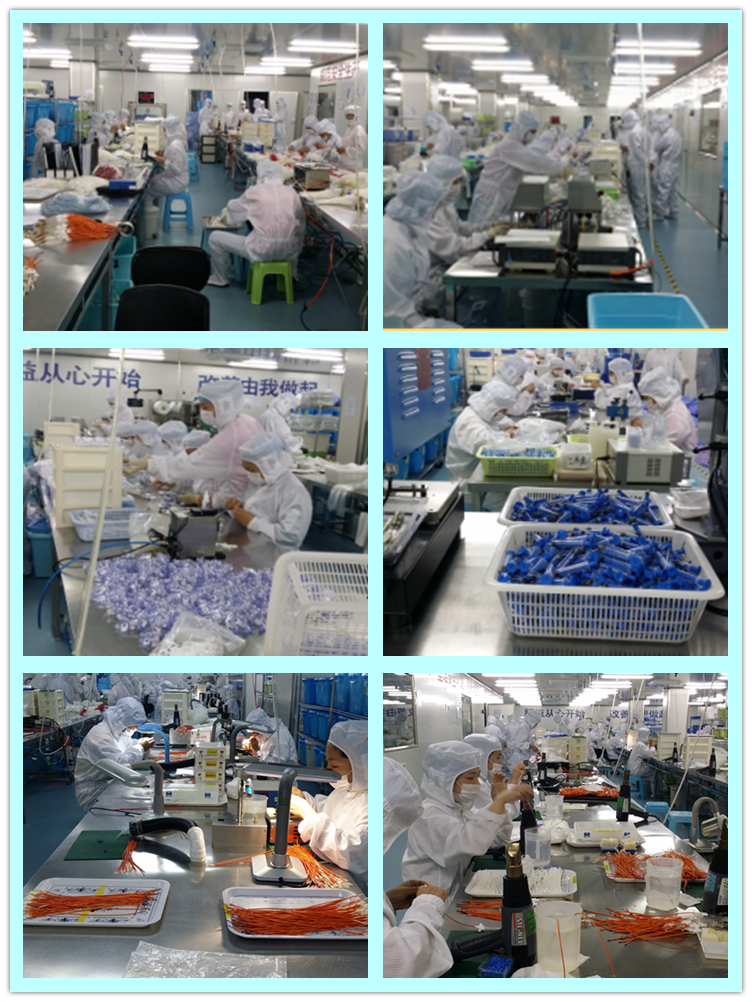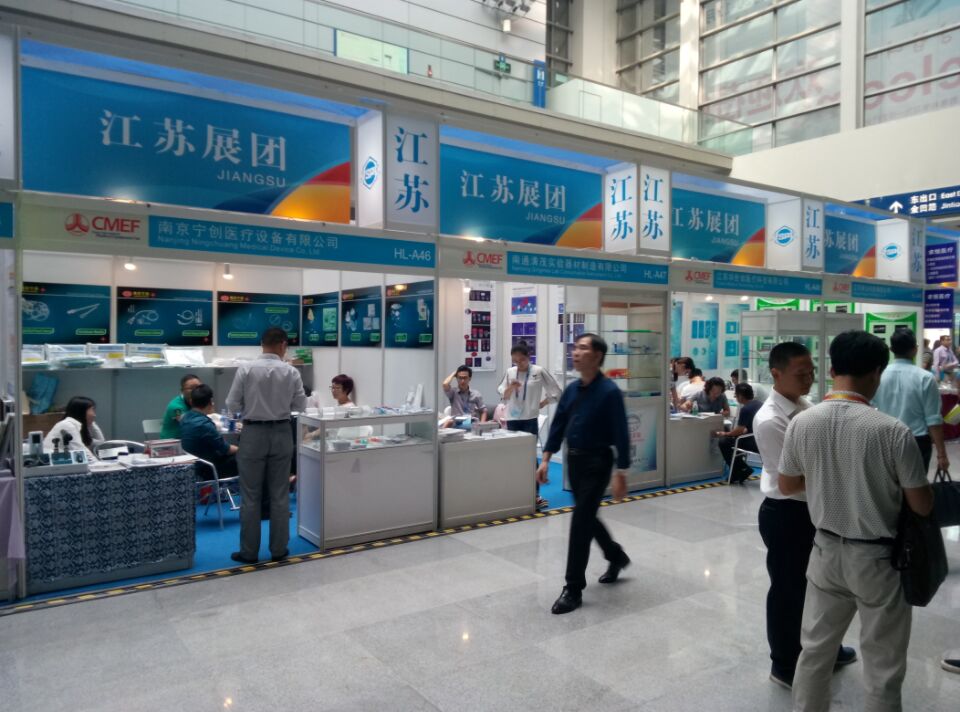First, pruning: In the year of colonization, when the new shoot grew to 25 centimeters in length, leave one branch with better growth and remove other branches. When the new shoot grows to 40 cm, the growth point is removed, and the top of one auxiliary shoot is retained to grow upwards. As the extension branch, the remaining auxiliary shoots leave one leaf topping, and at the same time, the winter shoots and summer shoots between the shoots are removed. When the extended branch continues to grow to about 40 cm, the growth point is removed and the top tip is retained. Generally repeat 2 or 3 times. At the beginning of autumn, the branches will be tossed and cut to a depth of about 2 meters depending on the maturation of the winter shears. In the two-year-old, when the summer cuts, the shoots should be removed when the shoot length reaches 10 cm. The shoots should be removed when they reach a height of 25 cm. The main vines per meter should be preserved with 5-6 new shoots from the ground. More than 60 cm can stay 2 to 3 ears; winter cut, according to dry plastic dragon alone, short shoots per extension of 3 to retain 4 to retain the mother of fruit branches, extension of the branch to retain 1 ~ 5 ~ 2 meters. In three years, the branches are basically covered with planes. In summer, the new shoots are set to 25 cm in length, and 5 to 6 new shoots per meter are kept, of which 3 to 4 result branches and two vegetative branches; when winter cut, the main vines per meter are reserved 3 to 4 result branches. After the branches and vegetative branches are dropped, the growth point should be removed, and the apron should retain one leaf topping. At the same time, the winter buds and summer buds between the secondary shoots and the buds should be gently removed with nails. Second, flower and fruit management: early eradication of inflorescence, extended vines can retain 2 to 3 ear, and the remaining results of branches and leaves a single fruit. At the same time, remove the shoulder and tip. Spray 0-3% borax plus 0-3% urea before flowering. To eliminate sparsely fertilized small fruit, deformed grains, and dense fruit grains, the maximum number of spikes is generally no more than 100 grains. About 3 weeks after flowering, the grape swelling agent and thiophanate-methyl (or tetromycin) were used to dip the ear or spray the ear. When the bulking agent and the bactericide are used, the ear should be timely bagged, and the bag should be removed about 10 days before harvesting, and the ear should be rotated to achieve uniform color. 3. Fertilizer and Water Management: After the fruit is harvested each year, 5000 kg of organic fertilizer and 300 kg of superphosphate (rejuvenation and basal fertilizer) will be immediately applied deep into each mu. The grapes should be filled with frozen water before they are put down. Before budding of the following year, with the irrigation water, Mushi 20 kg of urea (precipitating fertilizer); Inflorescence appearing before flowering 1 or 2 times; Into the fruit expansion period, applying 20 kg diamine per acre (flowering fertilizer), at the same time Irrigation and hard-nuclear application of TWN 25 kg plus 5 kg of potassium sulphate (stimulating granulated fertilizer) and irrigation at the same time per acre; before mid-August, until the fruit is harvested, foliar application of 0.3% of dihydrogen phosphate Potassium is used for 3 to 4 times (precipitation) to promote the ripening of fruits and shoots, and timely watering according to drought conditions. Fourth, pest control: before the grapes off the shelf, spray 3 to 5 Baume degrees lime sulfur plus 0? 5% sodium pentachlorophenol mixture, the whole park disinfection. When the new shoot reaches 15 centimeters in length, it will be sprayed with Bordeaux to prevent botrytis, downy mildew, and blackpox, and will be sprayed 1 time before and after flowering; it will prevent botrytis, white rot and anthrax in time after fruit set. Wait. Always observe new shoots. If any disease occurs, apply a osmotic fungicide together with a protective bactericide. In the prevention and treatment of diseases, imidacloprid drugs or avermectin drugs are used to control pests such as thrips and grape leafhoppers. In addition, the grapes must be harvested in a timely manner, exquisitely packaged, and stored well before they can be sold at higher prices.
Antimicrobial central venous catheters are discussed as a device to reduce catheter-related infections. Previously we have reported a study with 223 adult surgical patients randomized to receive either a rifampicin-miconazole-loaded Central Venous Catheter (CVC) (n=118) or a standard CVC (n=105). The antimicrobial CVC was shown to reduce catheter colonization (CC) and catheter-related local infection (CRI) significantly even at long-term catheterization. Here, we present further evaluation of the study focusing on possible benefits for high-risk patients. Subgroup analyses showed a pronounced reduction of CC and CRI in male, overweight and oncology patients. Important covariates were skin colonization for CC and oncological disease for CRI. Odds ratio (OR) for reducing CC was 0.076 (95% CI: 0.016-0.360) and CRI was reduced from 26% to 2.3% (p=0.001) in the cancer subgroup. Ex vivo long-term antimicrobial activity of modified catheters exceeded 4 weeks.
*Related Products:Anti-microbial Central Venous Catheter Kit,Anti-microbial Central Venous Line Kit.



Antimicrobial Central Venous Catheter
Anti-Microbial Central Venous Catheter,Anti-Microbial Central Venous Line,Central Venous Line,Anti-microbial Central Venous Catheter Kit,Anti-microbial Central Venous Line Kit
Nanjing Anesthesia Medical Co., Ltd. , http://www.sinoanesthesia.com


